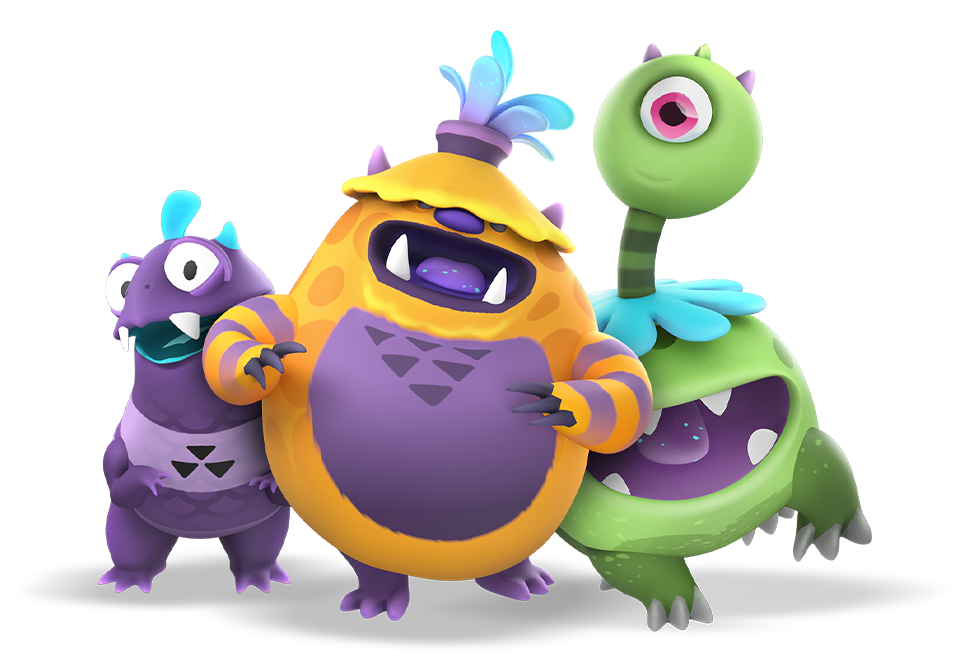Energy density and managing portions
|
Energy density = no. of calories/weight (grams)
|
PLAY ACTIVELY
Five ways to get children to play actively:
|
|
What we mean by ‘play actively
|
Playing takes various forms and helps the child in their growth and development. When children play ‘house’ or re-enact fairy tales, they develop imaginary skills. Building puzzles and solving the Rubik’s cube helps to develop problem-solving and attention skills. Swinging on monkey bars, jumping, dribbling a soccer ball and balancing on a beam help with the gross motor and balancing skills. Being actively involved in whatever form playing takes place is therefore not just for entertainment, but important for children’s health and well-being. Taking part in the kind of play that involves movement for at least one hour a day is especially important for ensuring your child’s health. The less time your child spends choosing to sit or lie down and the more time spent on moderate (riding a bicycle around the yard/block, dancing) or vigorous physical activity (jumping rope, running, hiking uphill) instead, the less likely they are to develop obesity in childhood. Being active will also make them feel capable and motivated to participate in other activities, including team sports. As they grow to be physically active teenagers and adults, they will continue with such healthy habits and will be less likely to develop chronic diseases, such as high blood pressure or certain cancers.
|
Ways to get your child to choose water
|
Water does taste different depending on where it is sourced. Water from natural springs, wells, boreholes, ’the tap’ and bottled water, which has undergone various forms of filtration and purification, will all taste different. This may lead to a familiarity and/or preference which once established, could make it difficult for anyone to drink water from another particular source. This can be a problem, especially if the water that is the most available is not what is preferred. The constant availability of sugar-sweetened beverages at home and school can also lead to a preference for these. Marketing of sugar-sweetened beverages on television, social media platforms, billboards and sport promotions increases the awareness of such beverages, further increasing the likelihood of these being made available to them at home, schools and sporting events. When children see their parents and other family members consuming sugar-sweetened beverages, they would want to have what everyone else is having. To overcome these challenges, it is important that you limit the availability of such beverages in the household. This means that all family members would only be able to choose water to quench their thirst. If the taste of water is an issue, natural flavouring like mint or moringa tree leaves, slices of lemon, lime or strawberries can be added to the designated drinking water to bring about a more acceptable flavour without impacting the energy density. The taste change will also be mild enough to not create a preference for sweet drinks. You can also test to see if the water is more acceptable at a particular temperature – icy cold versus room temperature. Whichever flavour or temperature water that your child prefers, make sure that it’s available in that – form both at home and at school. Water bottles are easily available, and flasks keep water at whatever temperature you poured the water at. Personal water bottles are also a hygienic and safe way to keep your child hydrated when they are away from home. As a parent, continue to model good choices by opting for water at restaurants, and rather choose a bottle of sparkling water to share when you feel like something fizzy to drink. |
CHOOSE WATER!
5 reasons why drinking water is important
|
Some parents may find it challenging to manage the amount of food their child eats, in particular making sure their fruit and vegetable intake is proportionally larger than the foods providing carbohydrates, proteins and fat. Furthermore, the total energy intake of the amount of food may be too much, increasing the risk of overweight and obesity. Here are five ways to maintain the correct proportion and quantity of foods:
|
What do we mean by ‘choose water’?
|
Our bodies are made up of about 70% water, depending on age, physical fitness etc. and water is used by the body to do every imaginable activity. The body maintains a delicate balance that involves excreting water as it rids itself of waste products and stimulating thirst so that we can drink and replenish the body. Maintaining this balance is what is considered an adequately hydrated body. We get some of the water from food such as soft porridge, apples, watermelons, cucumber or soup, and from drinks such as fruit juice or milk. These, together with drinking water, add up to a person’s total water intake. When the body sends the message to the brain that it is time to replenish it with water, we feel thirsty. When this happens, children should drink clean drinking water. Unfortunately, this is not always the case and in fact most often, children will ask for some form of sugar-sweetened beverage. This is concerning because sugar sugar-sweetened does not quench the thirst, which will lead to more consumption until the child feels full. High and regular consumption of sugar sugar-sweetened which have a high energy density (hyperlink to ‘energy density and managing portions’) has been linked to the development of overweight, obesity and dental caries in children. By ensuring your child chooses water instead of sugar-sweetened beverages, you will contribute positively to managing your child’s total daily energy intake. |







